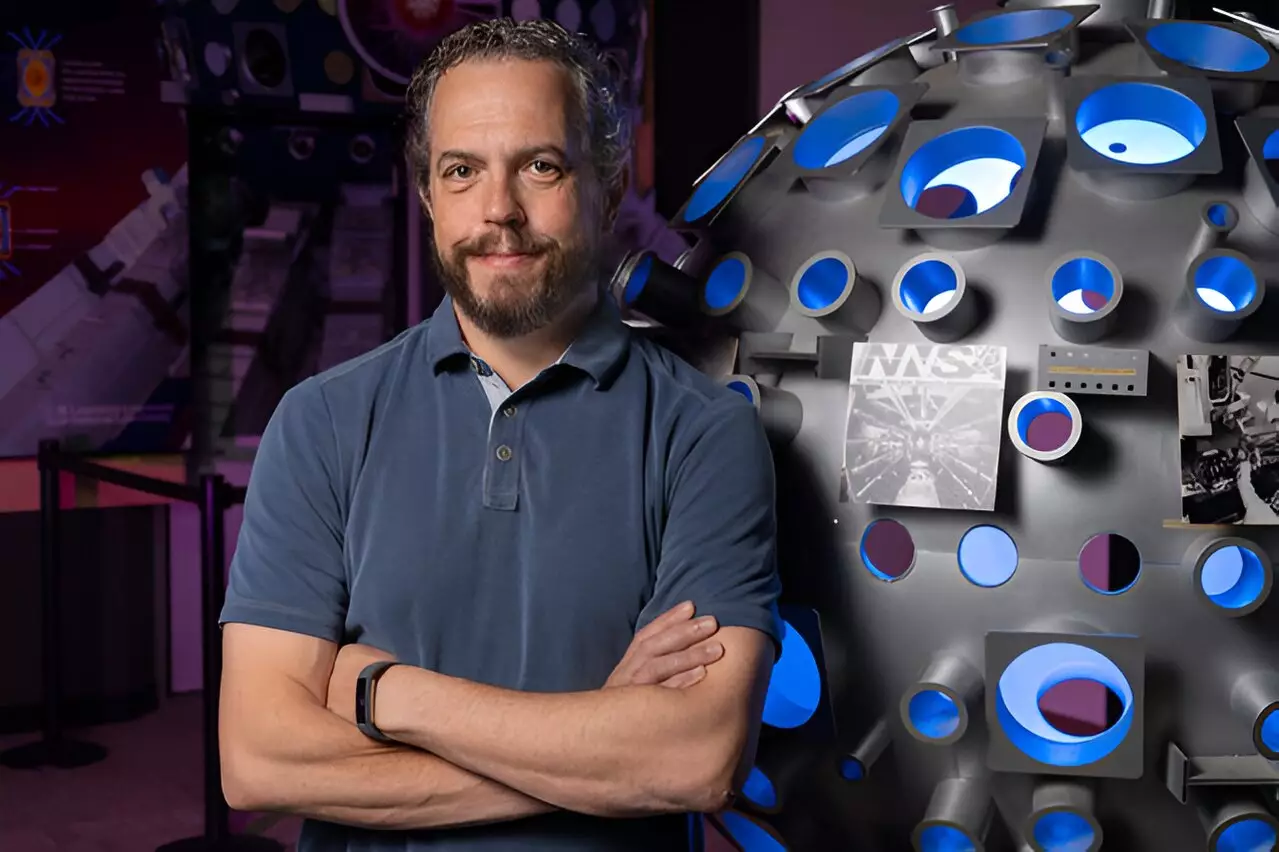In the quest for sustainable and clean energy alternatives, inertial confinement fusion (ICF) has emerged as a beacon of hope. This ambitious field aims to replicate the processes powering the sun, promising virtually limitless energy if perfected. At the forefront of this cutting-edge research is the Lawrence Livermore National Laboratory (LLNL), with its National Ignition Facility (NIF) standing as the world’s most powerful laser system. Recently, a groundbreaking study published in *Nature Communications* has highlighted a critical aspect of ICF experiments: the impact of implosion asymmetry. This research reaffirms the importance of symmetry in achieving ignition—an essential milestone in fusion energy output.
The concept of implosion asymmetry has been likened to flying an unbalanced airplane. Just as an aircraft with a heavy wing struggles to take off, a fusion process that lacks uniform compression faces significant challenges. According to LLNL physicists Joe Ralph, Steven Ross, and Alex Zylstra, the team behind the recent findings, the asymmetry inherent in fusion experiments creates fluctuations in performance that can lead to high variability in results. Observations from 2021, where neutron yields exceeded a staggering 170 kJ—three times the prior record—highlighted these challenges. Despite multiple degradation factors, including asymmetries, researchers made strides toward achieving the desired burning plasma state, which is pivotal for ignition, ultimately achieved on December 5, 2022.
Reaching a burning plasma state is akin to takeoff for fusion researchers. As Ralph emphasizes, this event marked a turning point, validating years of theoretical groundwork and rigorous experimental testing. By confirming the existence of a burning plasma, the team laid a foundation for subsequent technological advancements in fusion energy. The implications of achieving such a state extend beyond theoretical assumptions; they signal potential pathways to create a self-sustaining fusion reaction, allowing researchers to effectively “ignite” the plasma and harness the resulting energy.
A striking revelation from the recent study is the introduction of an empirical degradation factor specifically for mode-2 asymmetry within the burning plasma regime. Previously, researchers had identified factors such as radiative mix and mode-1 asymmetry; however, this new empirical data paints a comprehensive picture of the myriad issues plaguing performance consistency in fusion experiments. By integrating these degradation factors into established theoretical models, the team demonstrated their collective ability to account for deviations in fusion performance accurately.
Ralph explains the critical takeaway of this analysis: ensuring that plasma is uniformly compressed is crucial for maximizing energy containment and optimizing performance outcomes. The newly identified factors empower researchers to make necessary adjustments to their experimental designs, mimicking the fine-tuning that an airline pilot performs to ensure balanced flight conditions.
Through a series of integrated two-dimensional radiation hydrodynamic simulations, the LLNL team delved deeper into the mechanisms at play. Their results revealed that performance sensitivity to mode-2 asymmetry was consistent with experimental data only when accounting for alpha-heating—a nuancing aspect of plasma behavior that fundamentally alters the heating process within fusion reactions. This intersection of theory and practice showcases the iterative process of refining models and parameters continually.
The implications of this study reach far beyond the confines of the lab; understanding how to accurately assess these degradation factors enhances overall experimental design. By evolving their methodologies, researchers can employ better predictive models, ultimately solidifying their approach to achieving ignition.
The findings of this LLNL study not only extend our knowledge of the intricate dynamics of fusion experiments but signal an optimistic future for inertial confinement fusion. Addressing implosion asymmetries represents a pivotal step toward exploiting fusion energy’s full potential. As scientists work diligently to harness the power of the stars, studies like these emphasize the importance of precision, balance, and continuous evolution of scientific understanding in tackling one of humanity’s greatest challenges: creating sustainable and clean energy for the future. By addressing these critical aspects, we inch closer to transforming fusion from a theoretical marvel into a practical reality.


Leave a Reply